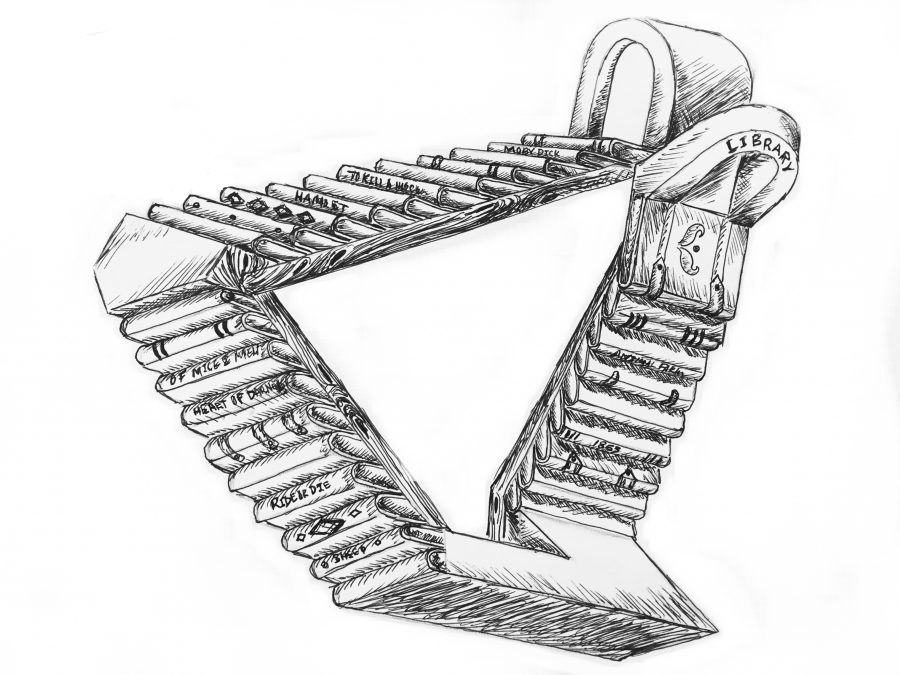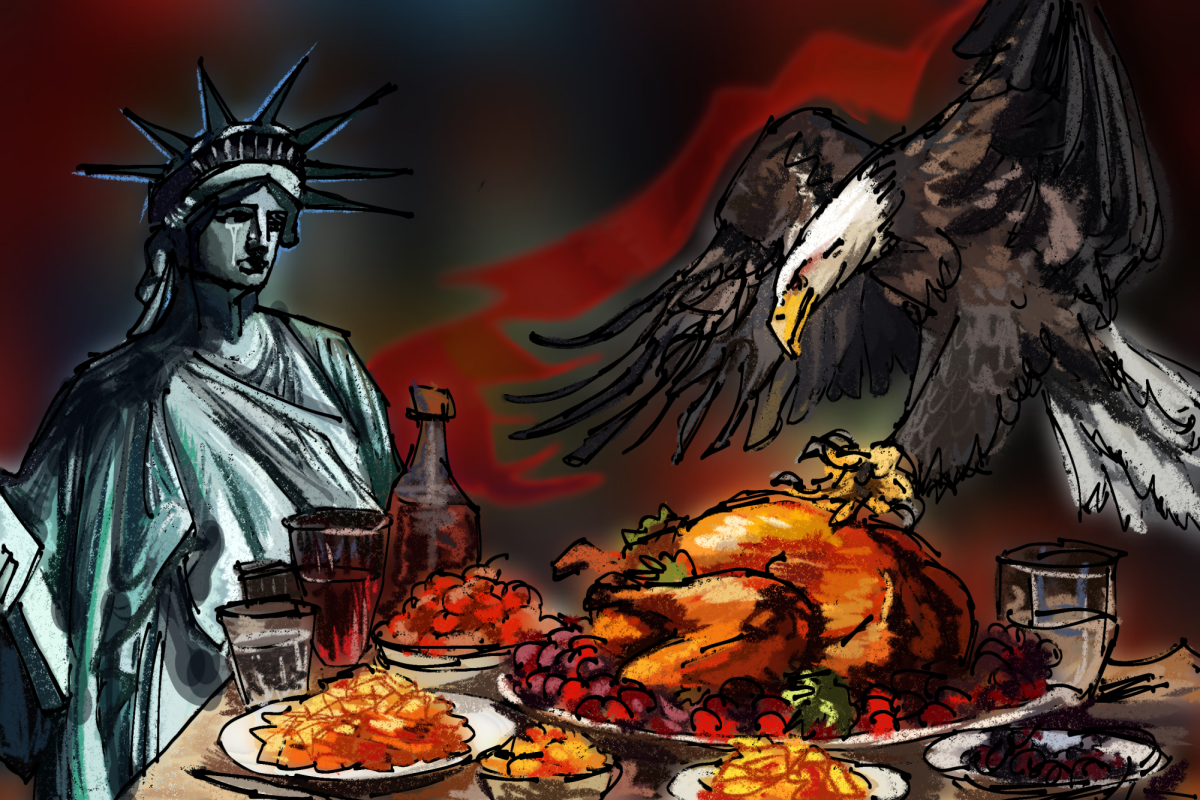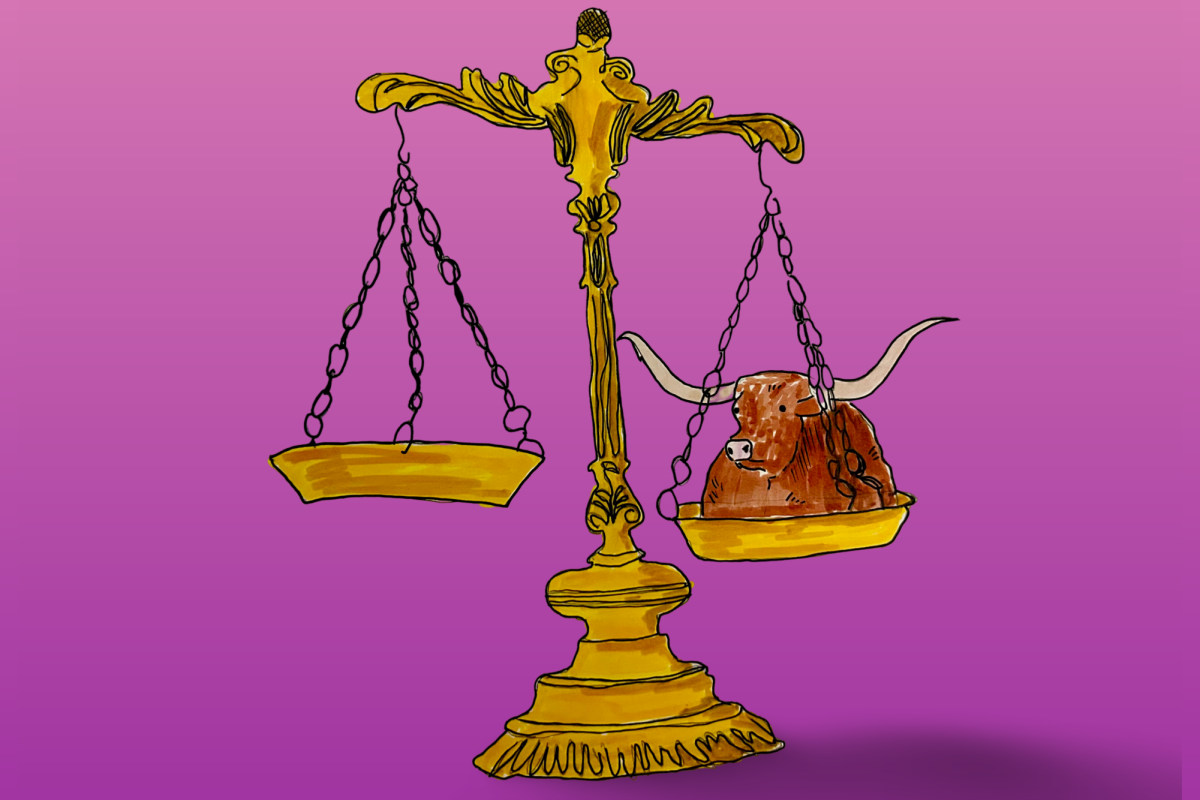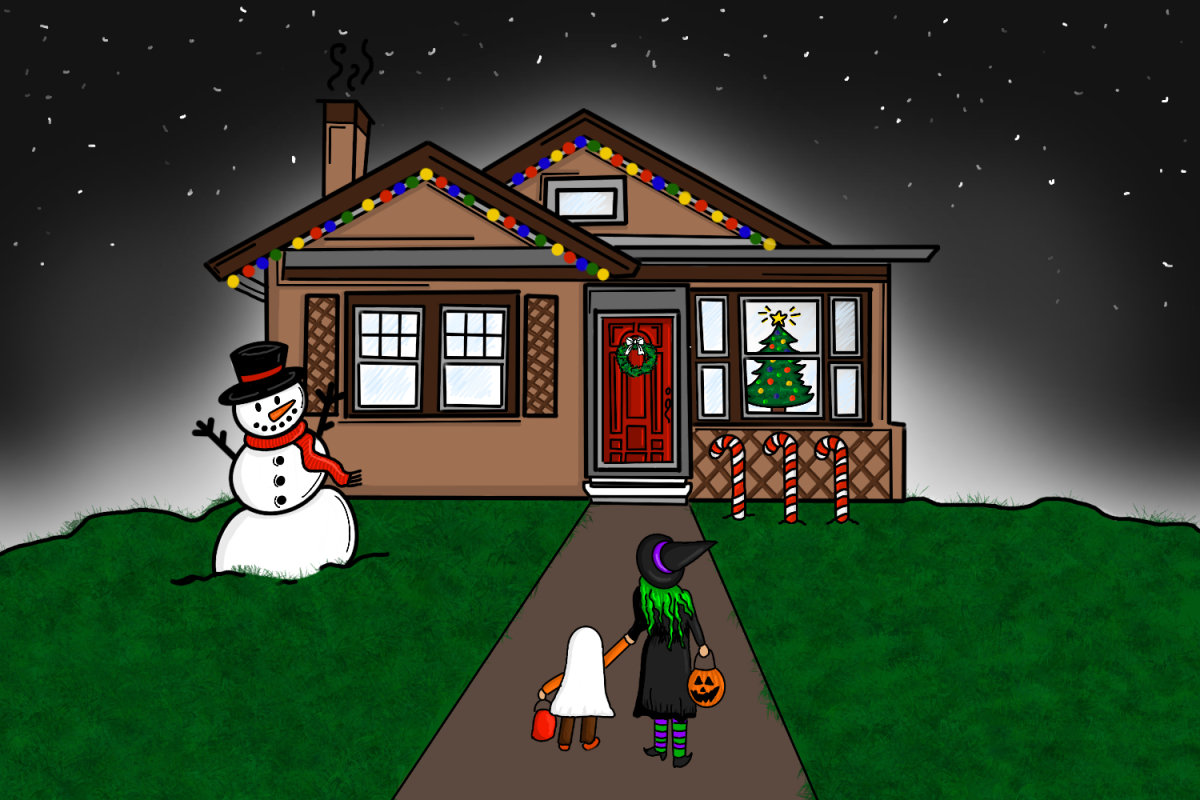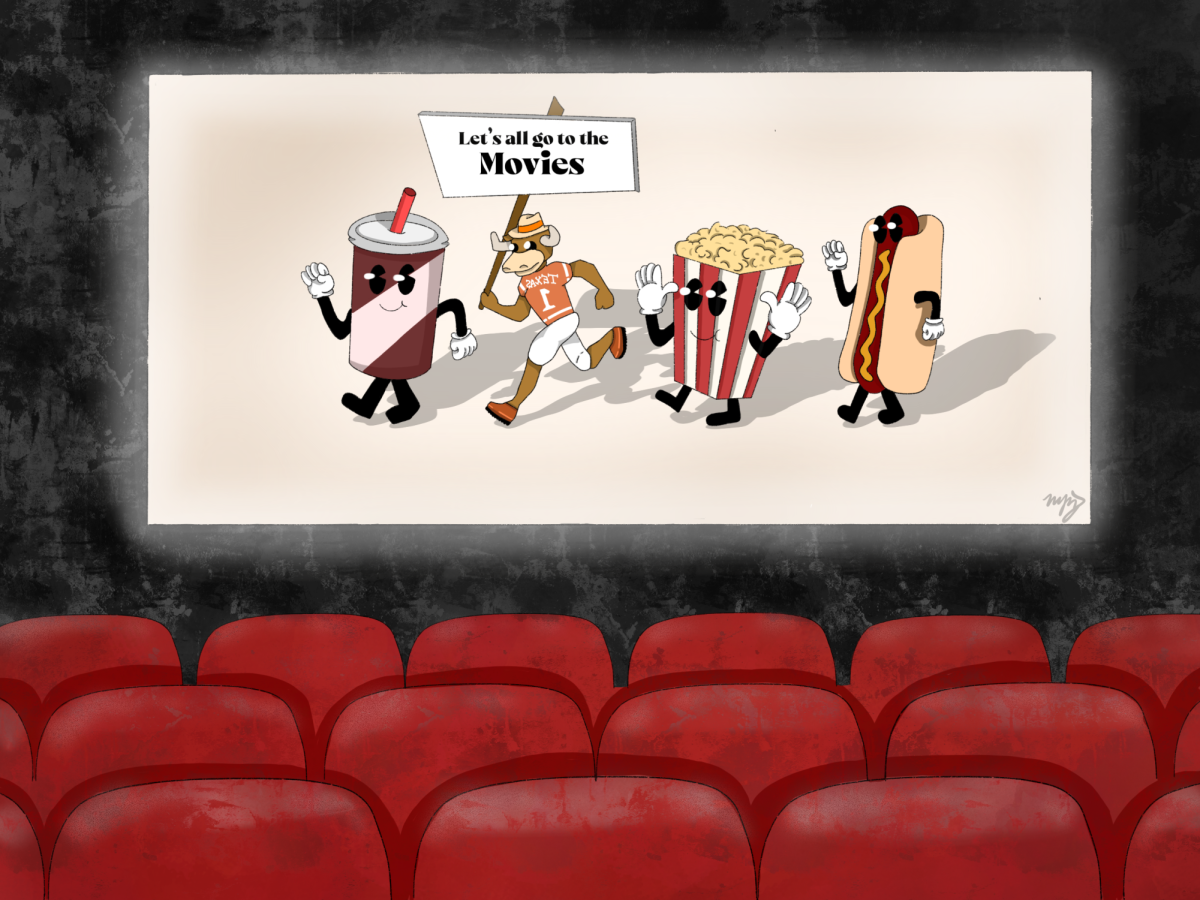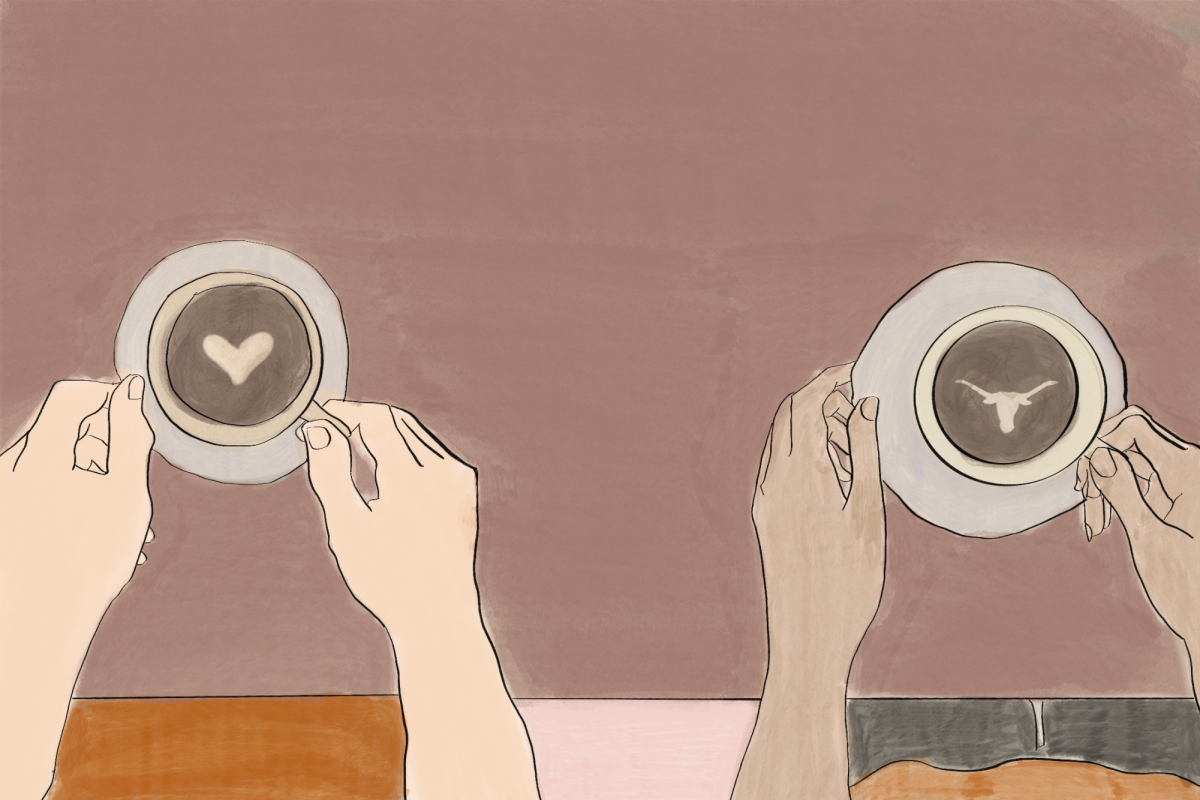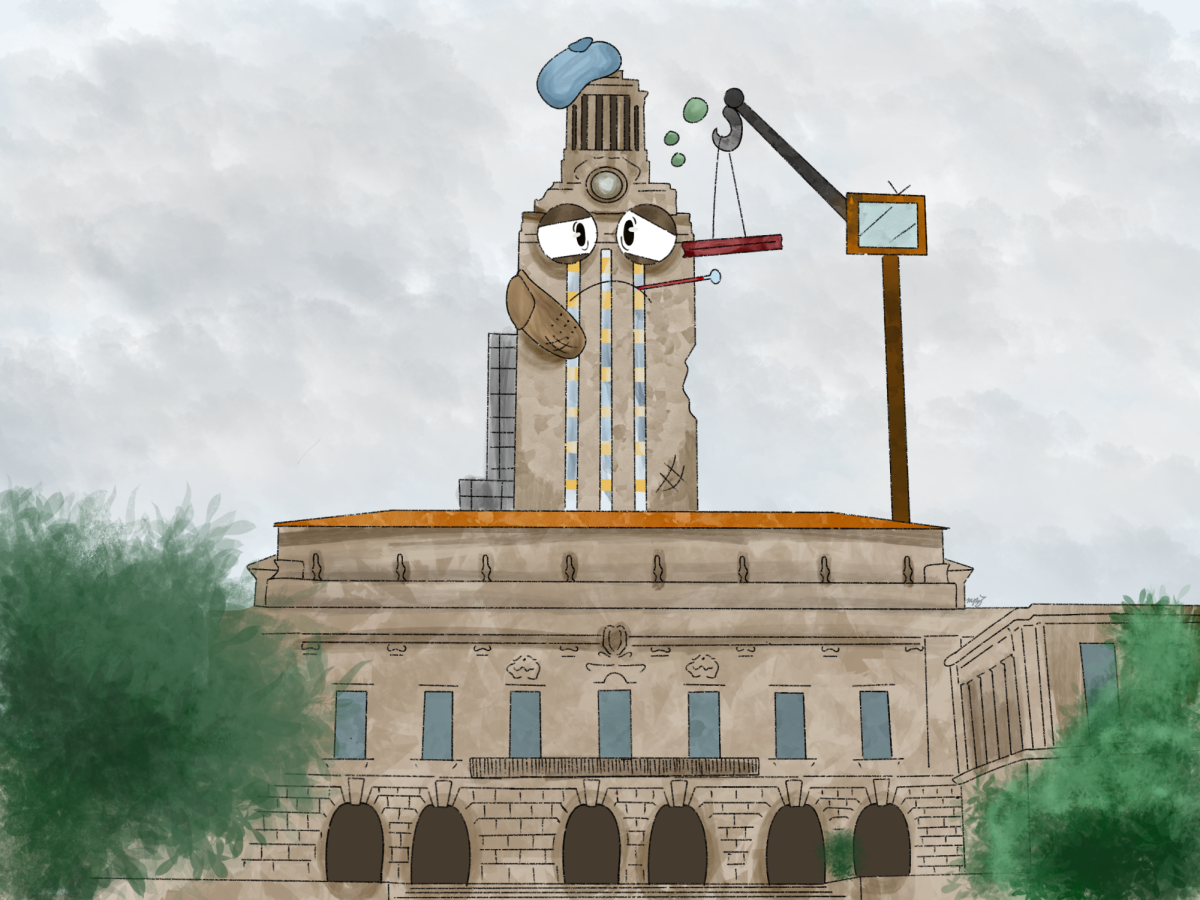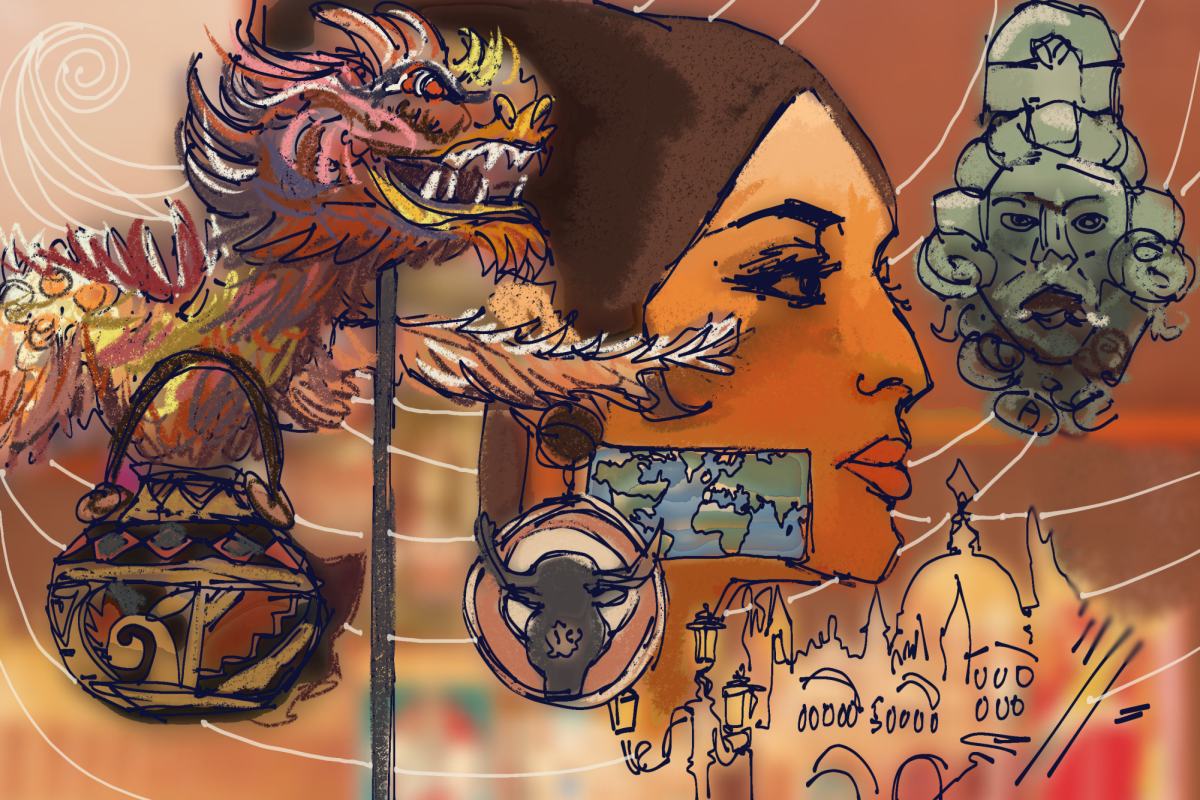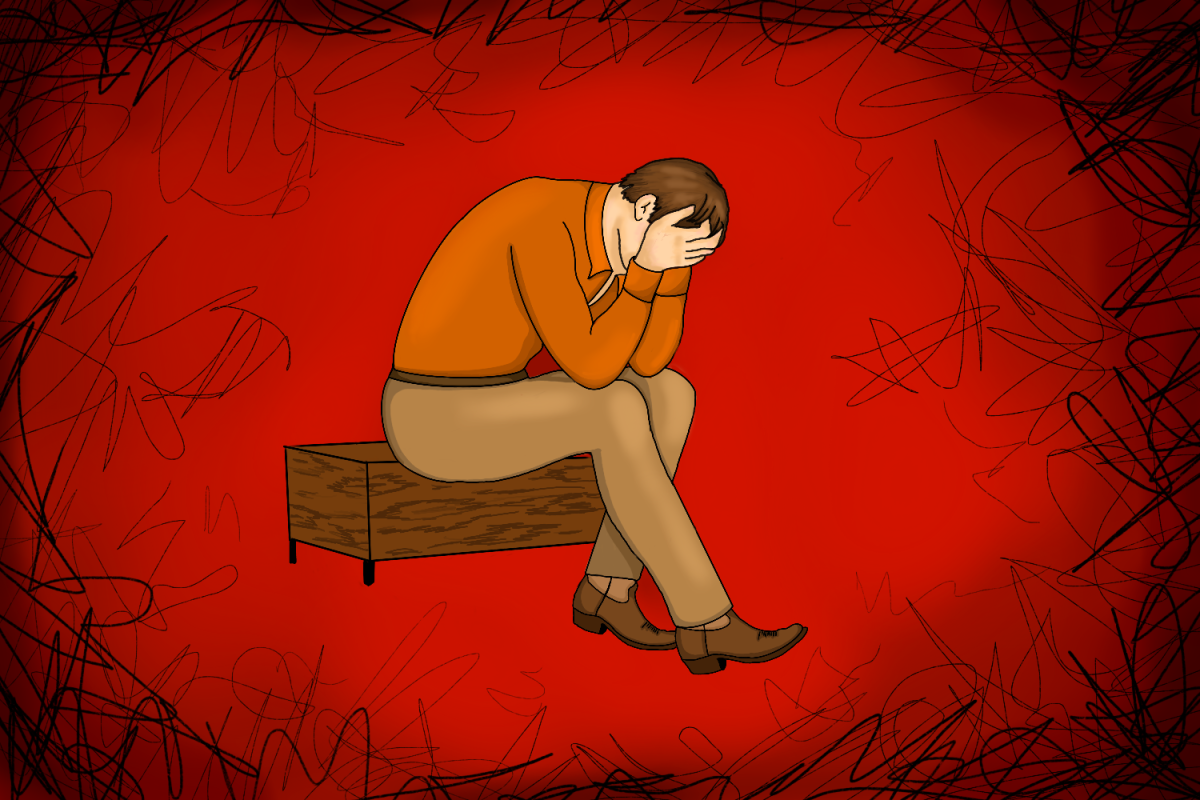Last week my Children’s Literature professor asked students to bring a baby book to class. She highly recommended we check the book out from the Perry-Castaneda Library, and being college students, we happily went with the option that didn’t require spending any money.
When we came back to class with our books in hand, many students enthusiastically gushed that this was their first time checking out a book at the PCL, and that they were surprised at the extensive collections available. One student I spoke with outside of class didn’t even know you could check out the PCL’s books.
But obviously, that’s not the case. At the end of the day, the PCL is still a library with a vast number of books available for checkout.
“We have a deep, rich print collection here that’s been built over 100 years,” librarian Gina Bastone said.
With more than 10 libraries that house over 10 million books, UT’s library system is one of the most extensive collections located on a university campus. UT has gone above and beyond in its efforts to provide students with an extensive library collection, but many students don’t understand how a university library works. That needs to change.
It’s admittedly difficult for some students to find the time or energy to read a book — much less search six floors for one. But books always have and always will be relevant, and whether you’re looking for something fictional or something for a project, UT probably has it plus more. And while students may be daunted by the PCL’s massive size, professors can do more to encourage students to utilize the collection and extend their view of the library as more than just a study space and databases.
“I’d tell professors that rather than have librarians come to your classroom, bring your students to the library,” Bastone said. “We play this role of being a central, welcoming space on campus where everybody can find what they need.”
The UT library system has exceeded expectations to curate an extensive book collection. When you first walk into the PCL, immediately to the right is a new releases section that houses some of the more popular modern titles, tangible proof that the collection is continuously updated. As Bastone pointed out, today’s leisurely reading is going to be the future’s scholarship. It’s important that students, especially those who like to read, challenge their conceptions of the PCL as nothing more than a study space. Although this is an integral part of the library and is part of what makes it such a great central hub, it’s still nonetheless a library with a seemingly infinite supply of books waiting to be checked out.
Professors and administrators should encourage students to get into the stacks and familiarize with the Library of Congress classification system. Yes, students can easily walk into the library, but with such a large collection it might take a bit of persuasion. More than likely, we’re not going to have access to such an artfully curated collection of titles ever again. Furthermore, library literacy is something we can carry with us in all of our non-academic future endeavors.
And if you’re overwhelmed?
“Don’t be afraid to ask us for help. You’re not bothering us,” Bastone said.
Vernon is an anthropology and rhetoric and writing junior from The Woodlands.

